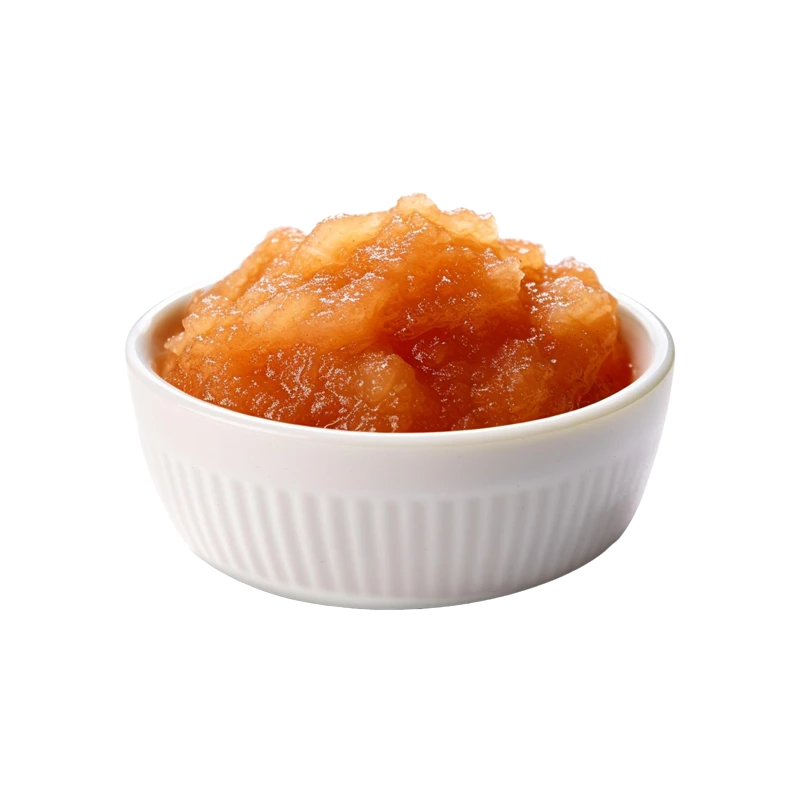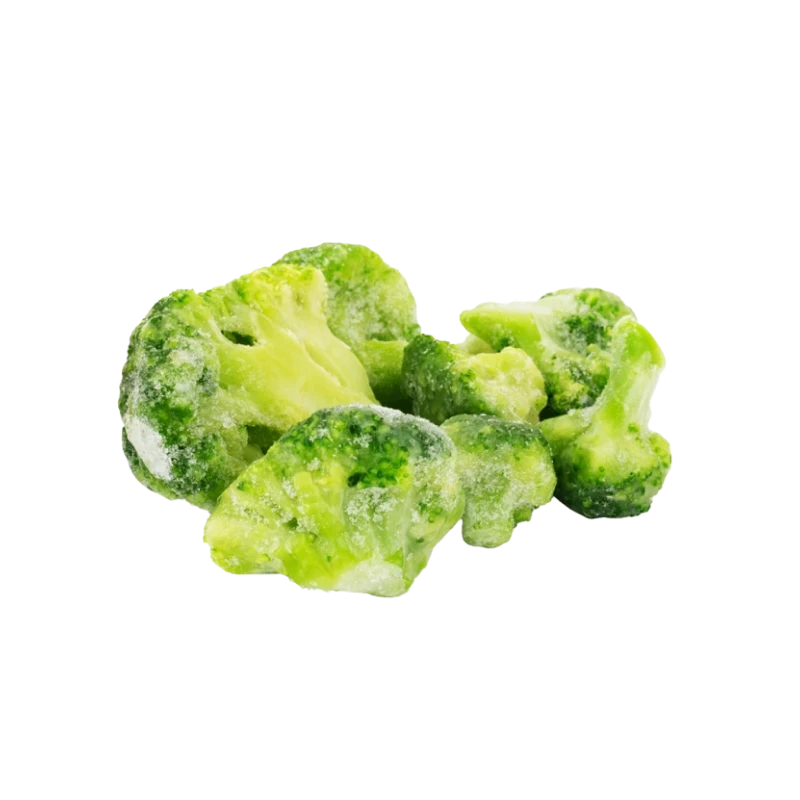Applesauce — Nutrients, Health Benefits, and Shopping Tips

Written by Listonic Team
Last update on September 4, 2024
Nutrients
Nutrition facts
Amount per 100 g
Calories
🔥 68 kcal
| Nutrients per: 100 g | Value | % Daily Value* |
|---|---|---|
| Carbs | 18 g | 6.55% |
| Fiber | 2 g | 7.14% |
| Sugars | 16 g | 32% |
| Glycemic Index | 40 | - |
| Protein | 0 g | - |
| Sodium | 3 mg | 0.13% |
| Total Fat | 0 | - |
*The % of Daily Value (DV) tells you how much a nutrient in a serving of food contributes to a daily diet. 2,000 calories a day is used for general nutrition advice.
40
🟢 Low Glycemic Index
Key takeaways
Health benefits
- Easy to digest, making it a suitable food for individuals with digestive issues or those recovering from illness.
- Rich in fiber, which supports digestive health and helps maintain regular bowel movements.
- Provides vitamins and minerals such as Vitamin C and potassium, which are important for overall health and well-being.
- Low in fat and calories, making it a healthy snack option for weight management.
Health risks
- Added sugars in many commercial varieties, contributing to increased caloric intake and potential weight gain.
- Low fiber content compared to whole apples, reducing its benefits for digestive health.
- Preservatives and additives in some store-bought versions, which may cause adverse reactions in sensitive individuals.
- Possible contamination with harmful bacteria if homemade applesauce is not properly prepared or stored.
How to choose applesauce
When selecting applesauce, it's essential to find a product that boasts a smooth texture and a natural apple tone, free from excessive browning. Check the ingredients list to ensure it contains real apples, preferably as the main ingredient, without unnecessary additives.
Products to avoid are those containing high fructose corn syrup or artificial colorings, as these can detract from the natural health benefits and flavor of the applesauce. Grainy or overly sweetened applesauce should also be bypassed in favor of more natural, pure options.

How to store applesauce
Unopened applesauce should be stored in a cool, dry place like a pantry. Once opened, it should be kept in the refrigerator and consumed within 7-10 days for the best quality. Ensure the lid is tightly closed to maintain freshness.
Leaving opened applesauce at room temperature can cause it to spoil quickly. Avoid using metal containers, as the acid in the applesauce can react with the metal and alter the taste. Using dirty utensils should also be avoided, as they can introduce bacteria and compromise the quality of the applesauce.
✅ Extra Tip
How long does it last?
Applesauce can last for 1-2 years unopened when stored in a cool, dark place. Once opened, it should be refrigerated and consumed within 7-10 days. Homemade applesauce typically lasts for 7-10 days in the refrigerator. For longer storage, applesauce can be frozen for up to 6-12 months.
What to do with leftovers?
Leftover applesauce can be used in both sweet and savory dishes. Stir it into baked goods like muffins or pancakes as a substitute for oil or butter, adding moisture and flavor. It’s also great as a topping for oatmeal or yogurt, providing a natural sweetness.
Use applesauce as a base for a barbecue sauce or marinade, especially for pork or chicken. It can also be mixed with mustard or horseradish to create a tangy condiment. If you have a lot of applesauce, consider freezing it in small portions to use later or mixing it into smoothies for added fruitiness. You can also add it to savory dishes like potato latkes or use it as a side dish with pork chops.
👨⚕️️ Medical disclaimer
How applesauce supports specific health conditions
Applesauce, especially when unsweetened, provides the same fiber benefits as whole apples, promoting digestive health and helping to prevent constipation. It also contains antioxidants that may support immune function and reduce inflammation. Applesauce can be a good low-calorie option for weight management, as it can satisfy sweet cravings without the added sugar of desserts.
Discover products from other categories
Listonic Team
Fact-checked
Our editorial team checked this article to make sure it was accurate at the time of publishing it.
Get the top-rated shopping list app

applesauce







